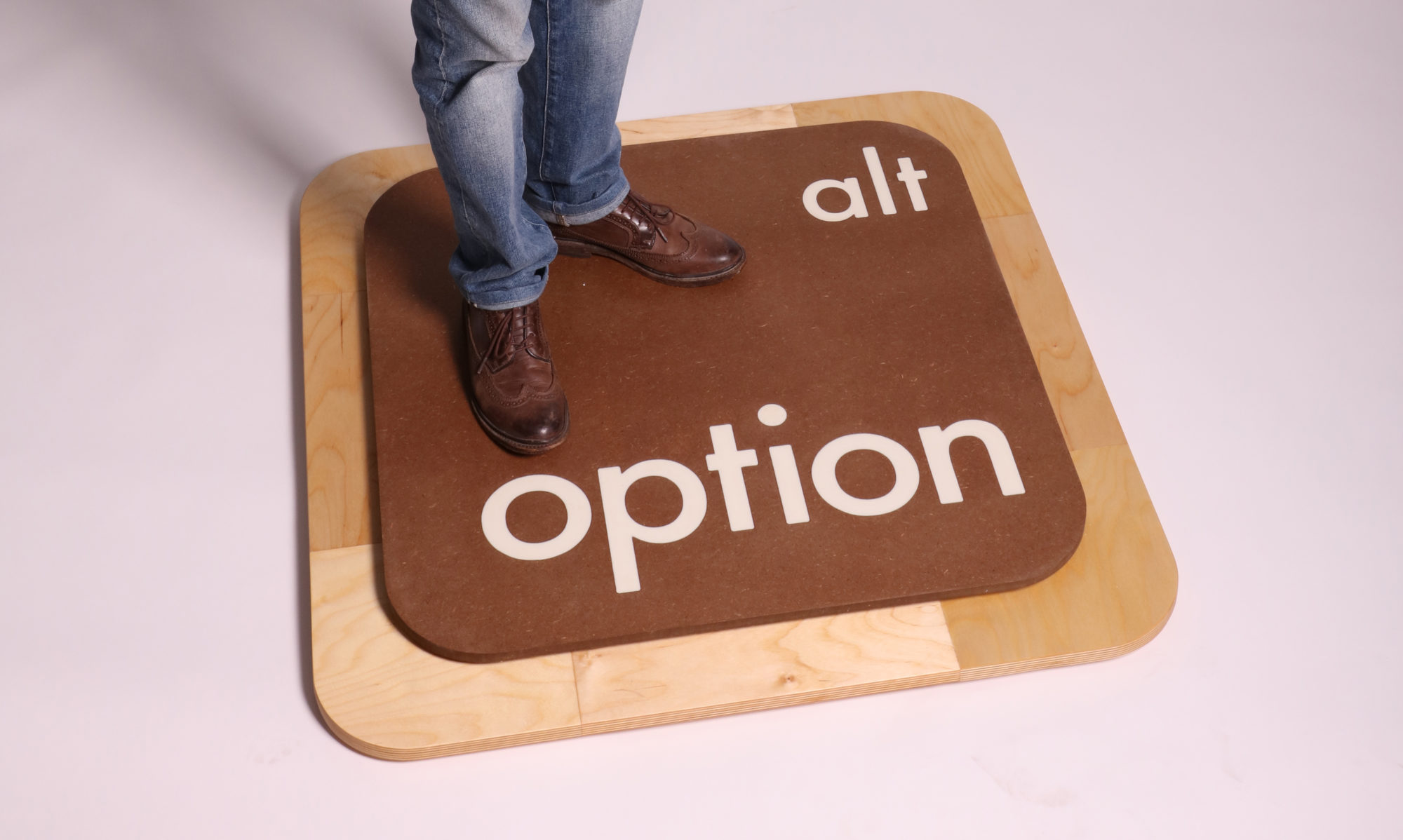No. 9 Park’s homepage makes use of navigational tabs at the top of the page and then the main space uses a hierarchy of information starting from the most general information about the restaurant to more specific information as user scroll down the page. At the bottom of the page, the information about the restaurant’s staff also includes to tabs that lead to another page in order to learn more about each of them. The navigational tabs at the top of the page follow users everywhere they go on the page and even includes subsections for each tab so that users can find what they are looking for through link dominated navigation.
The website’s use of unity can be seen in the dark color scheme throughout the whole site that carries over into the atmosphere of the physical restaurant as evidenced through the photographs of No. 9 Park on every page. The site never looks too heavy either, using lights and darks to keep the site balanced and still emphasize the most important pieces of information, which can be seen on the homepage through the “headings” of each section as it introduces users to what the sections are about (“…Flagship Restaurant,” “The Space,” “Our Team”).
Eat’n Park’s homepage utilizes as similar style as No. 9 Park. The tabs lead users to different sections of the site with ease. The top of the page also includes a search bar so that users can find the Eat’n Park nearest to them. The main space on the homepage possesses 5 sections that users will encounter as they scroll down the page: Featured Deals, New Items, a link to order Smiley Cookies through smileycookie.com, Sponsorships, and Loyalty Program information. Other pages feature matrices, allowing users to filter what they are looking for based on dietary needs and nutritional calculators. The others include subheaders, facilitating link dominant navigation like No. 9 Park’s site.
The Eat’n Park site also uses its orange/blue complementary color scheme throughout creating a uniform look. The balance of the site is also maintained through the color scheme as well as graphics that are featured on the left and right sides of the pages that contain elements bringing them back to the middle of the page. Tabs are also found in the middle of the page in order to keep the balance. The graphics on these pages are also used as a form of emphasis, drawing users’ attention to benefits, like the loyalty section on the homepage, with a stamp graphic that says “Save over $50.”These restaurants utilize very similar techniques in their websites, from the tab sections that follow users everywhere to the informational hierarchy that becomes apparent as users scroll. Overall both of the sites use these elements very well, and to their advantage. However, I believe that eatnpark.com uses these elements more proficiently and with their users in mind. This belief is solidified by the speed that users can find what they are searching for on the Eat’n Park website much faster. The addition of the “Find Us” search bar at the top of the page gives this website the edge over no9park.com. The site assumes that some users might only be looking for a physical store location and caters to those users by making that information available almost immediately, without any scrolling. No. 9 Park does have their location available but not as readily; keeping the address at the very bottom of their pages, making users spend more time searching than they would on Eat’n Park’s website.
